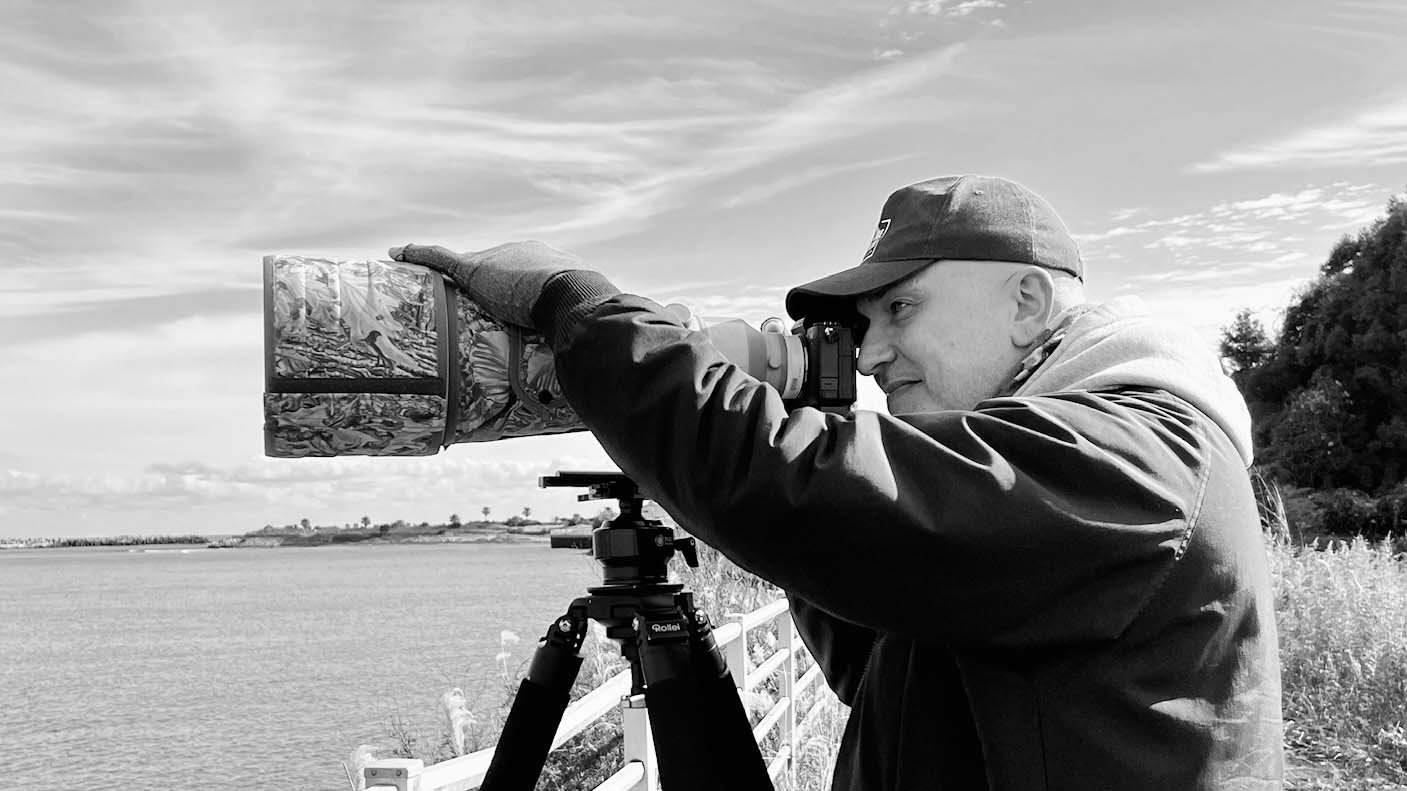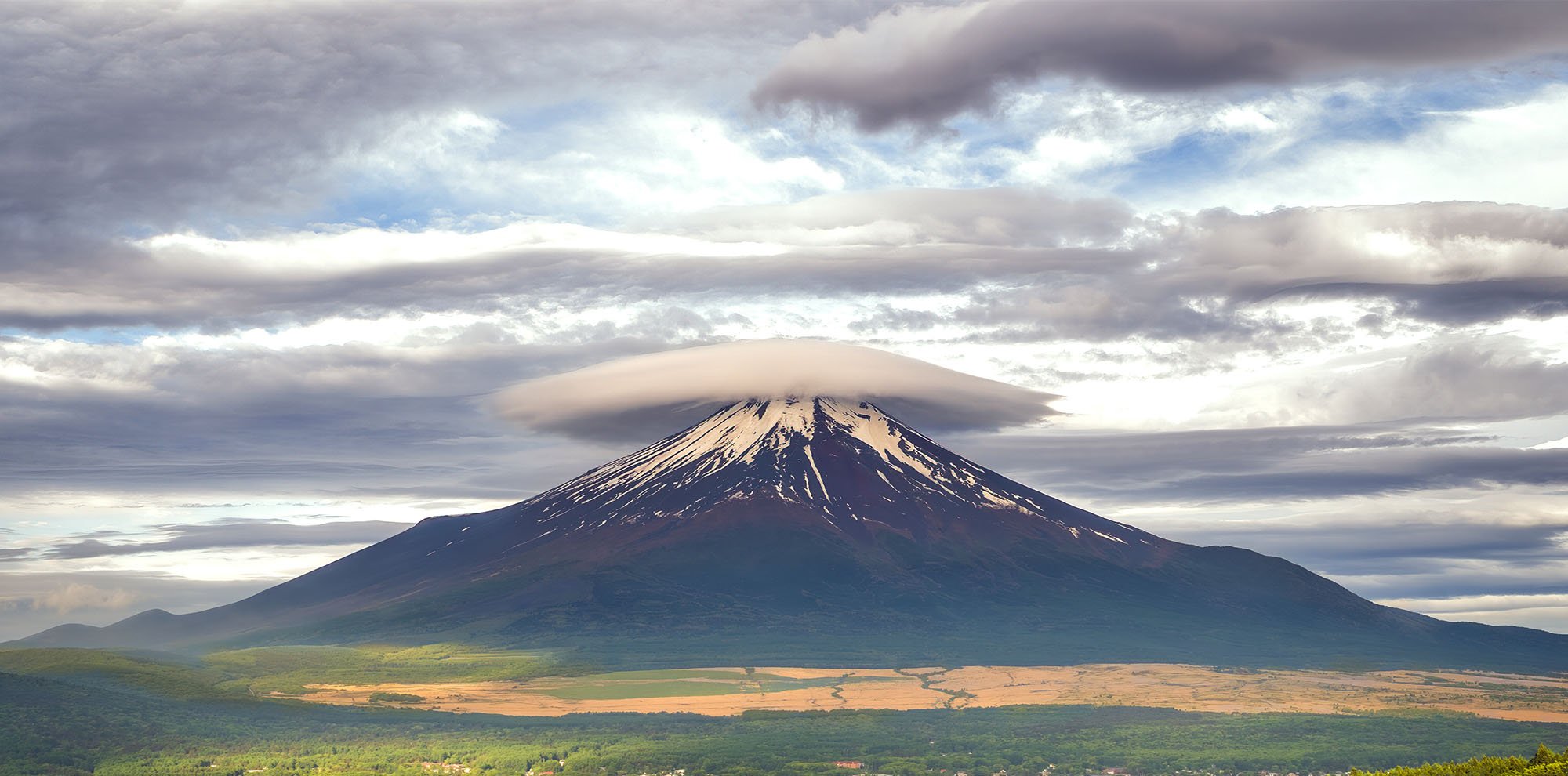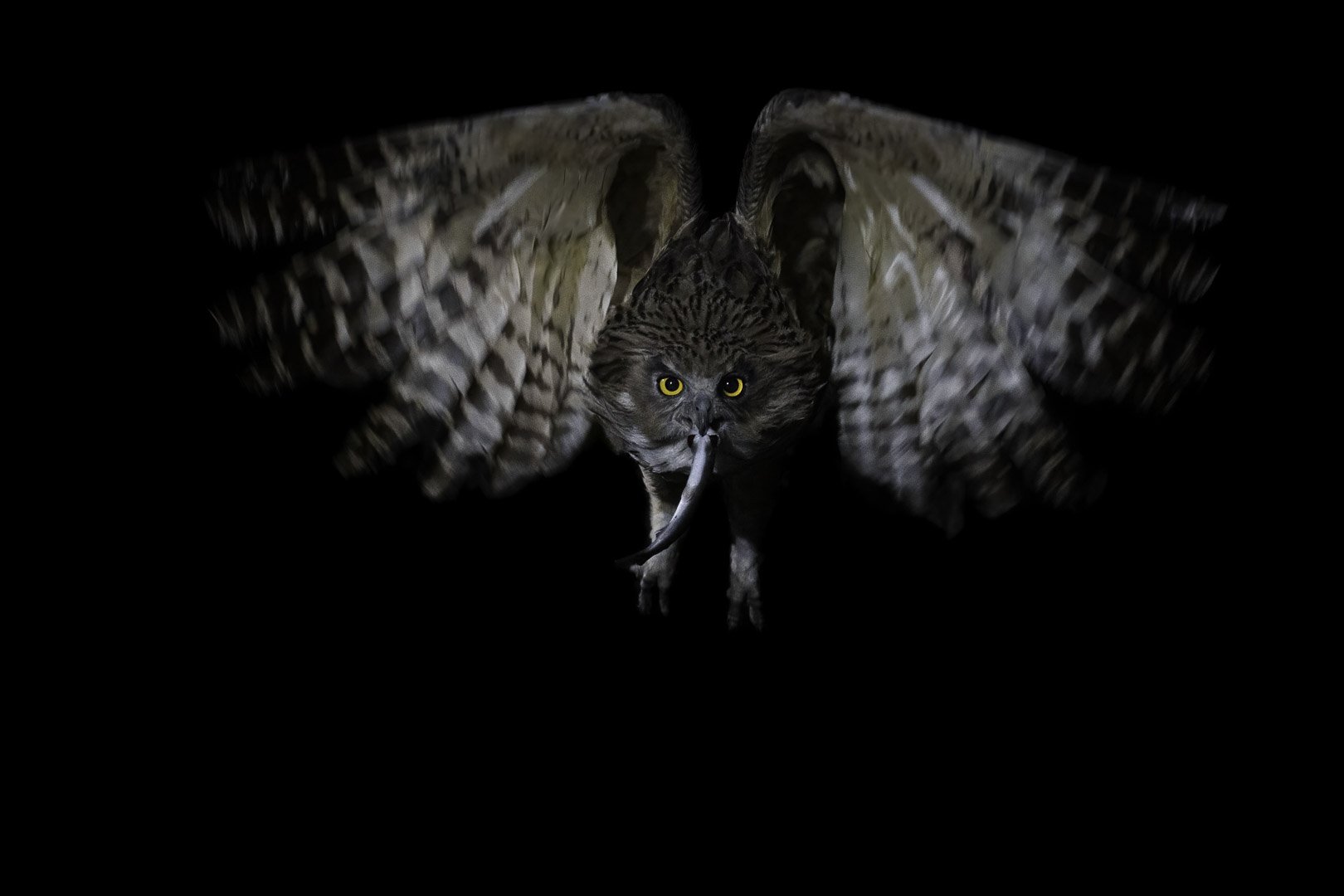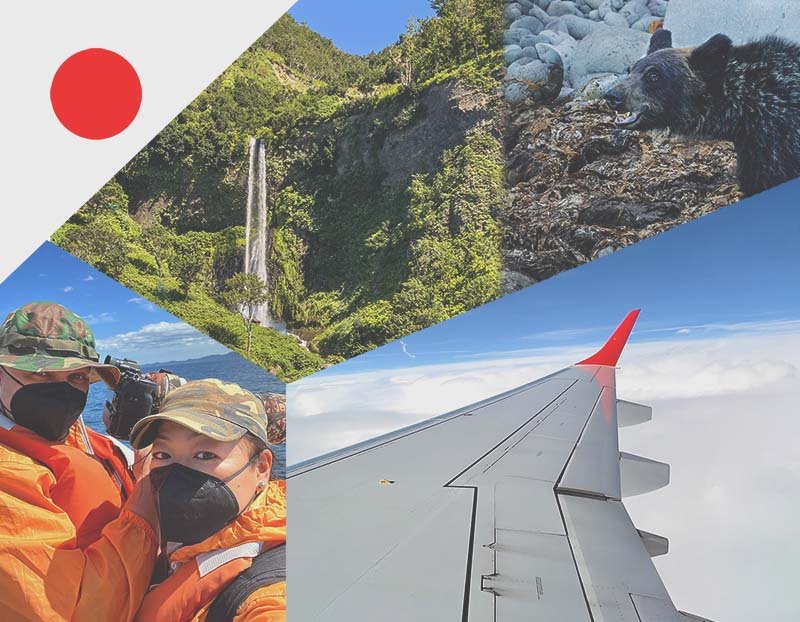Wildlife Japan Travel Report #1
Finally, after almost three years of COVID-19 restrictions, I was able to travel to Japan again this year (2022). Over the past 10 years, I have explored the country from Tokyo to the southernmost point. These trips ultimately brought me closer to nature and were crucial in my starting diving and wildlife photography. Beyond manga, Fujiyama, and sushi, the country offers a wealth of wild nature with various climate zones. From the colorful underwater world in the subtropical south to a sensational bird of prey world in the icy winter of the north.
A Few Words About Southern Japan
The southernmost part of the island nation consists of hundreds of islands, most with a subtropical climate, extending up to about 100 km from Taiwan. The most famous of these is Okinawa, known especially to the generation familiar with Mr. Miyagi 😜. The Ryūkyū Islands offer a stunning underwater and natural landscape, highly recommended!
For those who want a first impression, feel free to check out the video I made a few years ago during my dives on various Okinawa islands. Link to Video
What's This Article About?
Back to my trip to northern Japan this year.
I will split my travel report into several blog posts. In this post, you will get a brief overview with key points for planning, some special features, and information about the surroundings of my first travel destination. In the following stories, I will go into more detail about individual small adventures and my photos. And, of course, there will be plenty of pictures and videos.
Our First Destination!
This trip took my wife and me to the northernmost point of Japan and back to Tokyo, from where we started. The north is home to a wide variety of animals and plants. We are talking about Hokkaido, the second largest of Japan's four main islands. The climate there is comparable to that of Germany, making it the coldest island in the country.
Usually, my plan was to travel to Hokkaido in winter because the main actors during this season are the Steller's sea eagles (Haliaeetus pelagicus), which I had long wanted to observe and photograph in the wild. But the island nation had shut itself off from the outside world for the past two and a half years, and entry for tourists was largely not allowed due to the pandemic. This year, I had the chance to get a visa to enter. Although I preferred winter, summer also offers a lot of wild nature.
Our entire planning was relatively short-term, since I only received a visa for an individual trip four weeks before the planned departure. At that time, tourists were only allowed to explore the country with guided tour groups, which did not fit our plans. I must mention that my wife is Japanese, which allowed me to obtain a family visa, enabling me to travel freely across the country.
Our first destination was the Shiretoko Peninsula in the far north, home to the Shiretoko National Park. This peninsula is known worldwide to nature photographers for the Steller's sea eagles that come here in large numbers to overwinter from Russia. The most famous images and compositions of these animals usually come from this area. If you don't know what I'm talking about, just google "Steller's sea eagle ice floe".
We also had the fortune of seeing and photographing a pair of Red-crowned crane (Grus japonensis), also known as the birds of happiness, on the last day of our Hokkaido trip. Unfortunately, only a few documentation pictures, but at least we saw them again at the end. This encounter was a beautiful conclusion to the first stage.
Red-crowned crane
Birds of happiness, that's what these proud birds are called in Japan.
Shiretoko National Park
The Shiretoko National Park covers 711 km² and has been a UNESCO World Heritage Site since 2005. It is largely accessible only on foot or by boat along the coast. It is also home to Japan's highest population of brown bears and one of the world's highest densities of wild bears. The likelihood of encountering a bear while hiking is higher than photographing a deer at the forest edge after rain in Germany (okay, maybe a bit exaggerated 😜). Our experiences with the bears will, of course, also feature in this series of my travel reports.
We had planned a total of seven nights on the peninsula, two nights in Rausu, and four nights in Utoro. For geographical orientation, Rausu is on the east coast, and Utoro is on the west coast of the peninsula — see the map below.
The map was graphically adapted by me. The base of the map was a screenshot from www.openstreetmap.org - copyright and license.
Our goal was to photograph EZO Bears, Red foxes, Sperm whales, Sea eagles, and, as a highlight, the Blakiston's fish owl. The Blakiston's fish owl is the world's largest owl but, unfortunately, also one of the rarest. I will also create a separate blog post about this.
Why Rausu and Utoro?
For those of you who might be considering a trip to the Shiretoko Peninsula or are generally interested, I will briefly explain why we chose Rausu and Utoro.
Rausu was the best home base for photographing and observing the Blakiston's fish owl, sea eagles, sperm whales, and brown bears along the coastal sections. To quickly reach the only access roads in the national park, Utoro was the better home base since the access roads, as well as the village itself, are on the west side of the peninsula.
You could also commute between the two villages, connected by the Shiretoko Pass and 30 km apart. The driving time by car is about 45 minutes. The pass, rising to 740 meters, is closed from November to April due to ice and snow. Therefore, we would prefer Rausu as our home base in winter, even though the main attraction, the Steller's sea eagle, can be reached from both villages through numerous tours. The Blakiston's fish owl can only be observed in Rausu. And since the pass between the two villages is closed in winter, you would have to take a massive detour to reach Rausu.
A panoramic photo capturing both sides of the Shiretoko Pass. I stood at the viewpoint, looking in both directions.
In summer, however, it is different, as hiking in the national park is also possible. From Utoro, the only drivable paths into the national park are just a 10-minute drive away. Since nature photographers love the early morning hours, this saves almost an hour of driving each day and allows for more sleep. 😜
You can also start hikes in the national park from Rausu, as the park spans the entire peninsula. If you are there for the first time, like we were, you might want to take the standard routes to get to know the area first. Different rules apply in an area with wild bears compared to hiking in the Bavarian Forest. More about our bear experiences will be in the article.
Wall poster in the Rausu Information Center, showing exactly what this place stands for: pure nature
Transport and Mobility
Tourists can also use buses to get from A to B. However, this is quite inflexible in this area, especially when traveling with extensive camera equipment. To clarify, the entire peninsula is a national park, meaning not many people live here, and there is no public transport infrastructure like in Munich. Be aware of this if you are not planning a guided tour in a group. Therefore, a rental car is at least as important as accommodation.
Tip: Book a car in advance!
It was the first time we experienced that there were no rental cars available locally in Japan. Although the peak season was over, there was no vehicle we could rent immediately. The reason was a COVID-19 rule that dictated how many vehicles rental companies could rent out. I still don't understand it, but that's how it was.
After several phone calls with various rental companies who tried very hard to find a vehicle for us, there were only two alternatives in the end, a minibus or a so-called Kei-truck.
We chose the Kei-truck. I always wanted to drive one of those "mini-buses" you only see in Japan or Asia. We did not regret this decision. The Kei-truck offered plenty of space, which was perfect for our wildlife tours, and besides its low fuel consumption, it was super compact in terms of external dimensions.
I would get such a vehicle in Germany if it were possible, an optimal wildlife mobile. 😀
-
Speed Limits:
Urban Areas: 50 KM/h / 30 KM/h
Rural Areas: 60 KM/h
Highways: 80 KM/h
Additional Information:
Highway tolls may apply.
Left-hand traffic, cars have right-hand drive.
Most vehicles have automatic transmission.
As a German citizen, you need a translated driver's license in Japanese.
International driving permits are not recognized for Germans.
The speed limits might seem a bit unusual for Germans. 😜
What’s in my bag?
Camera Equipment for My Trip
I took quite a bit of equipment for my photo tours. I chose the following gear:
Gitzo Adventury 45l backpack
2x camera body
Sony 200-600mm 5.6/6.3 G OSS lens
Sony 100-400mm f4.5/5.6 GM OSS lens
Tamron 28-75mm f2.8 lens
Sony 1x TC 1.4
10 SD cards
6x camera batteries
Rollei Rock Solid Alpha XL Mark II Carbon tripod
Manfrotto XPRO+ Alu monopod
Flexshooter Pro Lever ball head
Giottos GTAA1900 Super Rocket-Air Blower
Microfiber cleaning cloths
I chose this amount of equipment because I couldn't fully assess whether the 100-400 mm would be enough for my project. Normally, the Sony 100-400 mm f4.5/5.6 GM OSS would be my first choice for travel due to its good range, light weight, and compactness. The camera and lens together weigh about, 1800g. To reach 600 mm when needed, I have a Sony 1.4x Teleconverter, which adds another 160 mm. Still, I wanted to be prepared for everything and able to get the best possible media quality, since such a trip is not an everyday occurrence. Ultimately, it was no problem as I didn't have to carry everything for each tour and always left part of the equipment at the accommodation. For hiking tours, I usually took the light combo, and for the sit-ins, both or just the 600 mm.
So, now you have a brief overview of the first travel destination, special transportation features, equipment, and some local animals. So, not much about wildlife yet, maybe not so interesting for some of you. But be patient; the next blog posts will primarily focus on wildlife and photography in Hokkaido.
See you soon, and good light!
Next Article - The Blakiston's Fish Owl
In the next article, I will report on the Blakiston's fish owl, our first photographic target on this trip.





























